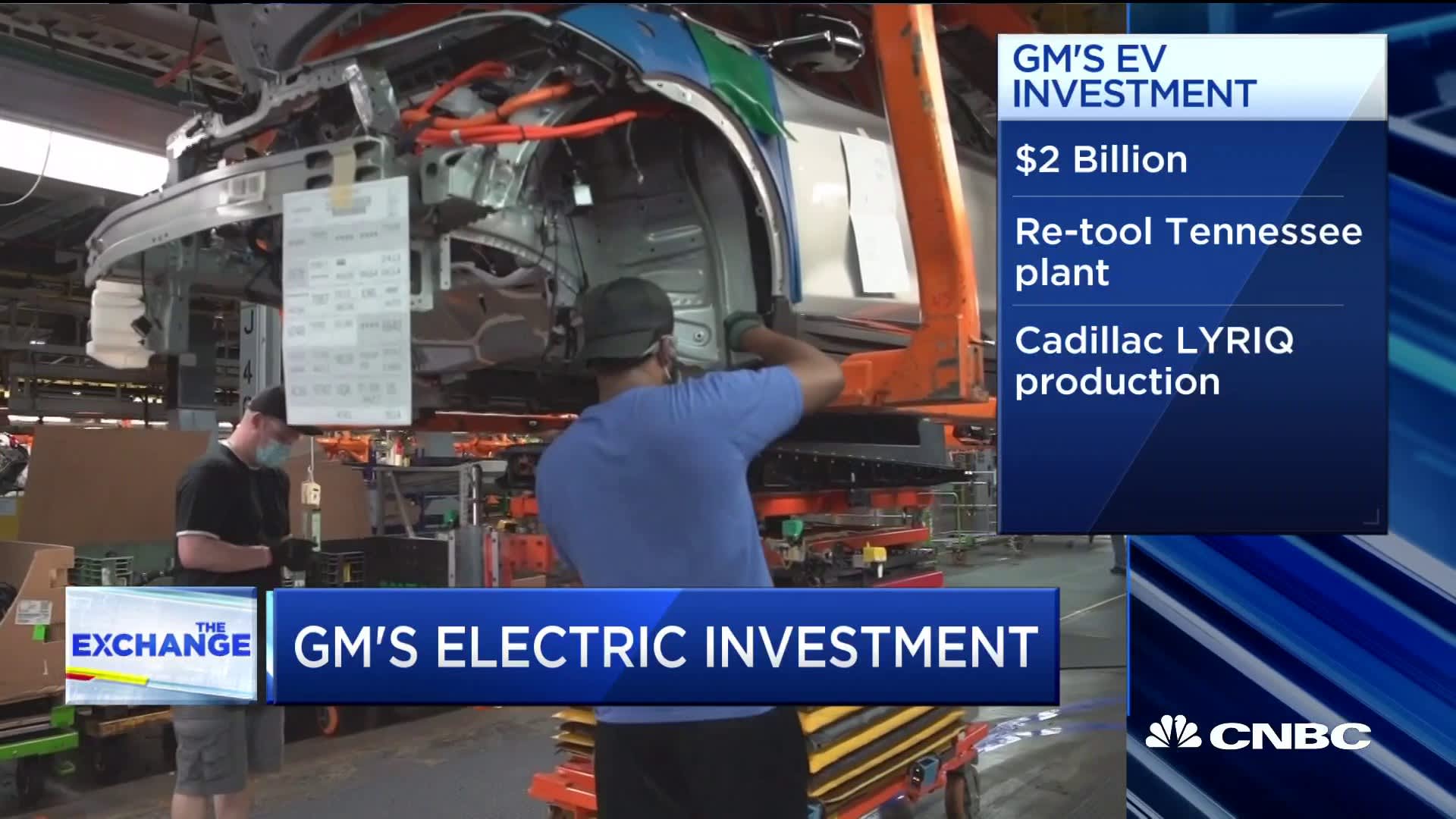Savings and the stimulus fight
EDITOR'S NOTE
Even tennis announcer Brad Gilbert is getting fed up with the endless rounds of stimulus talks in D.C. "These 2 are so tiresome get a deal done already," he tweeted this morning, referring to House Speaker Pelosi and Treasury Secretary Mnuchin. "Been talking about this forever but something tells me nothing gets done."
There's a very simple reason these talks have gone on for weeks with nothing to show for them: the urgency isn't there. Yes Covid cases are rising. Yes the extra jobless benefits expired. Yes the PPP period has ended. But barring another round of mass shutdowns--and we're on the verge in some places--the consumer situation isn't as dire as you'd think, in good part because of the government's massive response early on.
Here's what I mean: U.S. retail sales are now 3.7% above their pre-pandemic level. ("In other words, a Super V recovery," as analyst Michael Darda put it.) NFIB small business hiring plans are also back to pre-pandemic highs, as are the University of Michigan consumer sentiment expectations. Households still have more than $1 trillion in excess savings from the March CARES Act, Darda notes, and have liquid assets equal to nine months of personal income. "The last two times we were in that range," he added, "a decade or more of growth followed."
The NFIB survey also showed other promising signs that this recovery can last. Job creation plans were tied with 2017 for their highest on record--indeed, the biggest issue was finding workers. That's exactly what an economy that waylaid millions from their jobs amid the pandemic desperately needs, especially as their jobless benefits start to expire.
The ripple effects of this rebound are being felt across the entire economy. Transports have actually been outperforming; the Dow Transports have been making a series of record highs in recent weeks. We talked to analyst Jason Seidl about this on Power Lunch the other day and he isn't worried it's a one-off phenomenon. He's bullish on all the major rail stocks, along with trucking names like XPO. "All indications are this strength is here to stay into next year based on a lot of survey work and private calls," he said.
The ports are surprisingly busy: the Port of Los Angeles is reporting record volumes amid a surge in Chinese imports (i.e. U.S. consumer demand--more on the impact of that on our trade gap here), as our Jane Wells described last week. "They can't even handle the freight they've got coming in right now," Seidl told us. "The issue for retailers," said analyst Simeon Siegel last week, "is not one of consumer demand but of potential manufacturing supply." A good sign for the manufacturing sector, too.
It all makes for a trickier backdrop against which to negotiate a $1.5 to $2 trillion Covid relief package (equal to roughly another 10% of GDP, and another $3 trillion or so deficit next year). It makes sense that the next round of relief may not come until after the election, as it will become clearer over time where the most pressing areas of need remain. The Senate votes this week highlight the most obvious candidates: more PPP funds for small businesses, expanded jobless benefits, and funding for schools.
Frankly, the stock market will tell you when the next round is likely coming. If the shutdowns return and the data roll over, investors will start panicking unless D.C. steps right up to the plate. In the meantime, the market is still playing the rebound trade.
See you at 1 p.m!
Kelly
P.S. Click here to listen to The Exchange as a podcast.
KEY STORIES
IN CASE YOU MISSED IT
| ||||||||||||||||||||||||||||||||||||||||||||||||||||||||||||||||||||||||||||||||||||||||||||||||||||||||||||||||||||||||||||||||||||||||||||||||||||||||||||||||||||||||||||||||||||
Related Posts
- Next Stocks making the biggest moves midday: Netflix, Snap, Pinterest, Slack, PayPal & more
- Previous Today's Spotlight: COVID Has Caused Millions to Lose their Sense of Smell—One Writer’s Journey to a Scentless Life and Back | Kendall + Kylie's New Line Is Full of Affordable and Stylish Fall Staples







Post a Comment